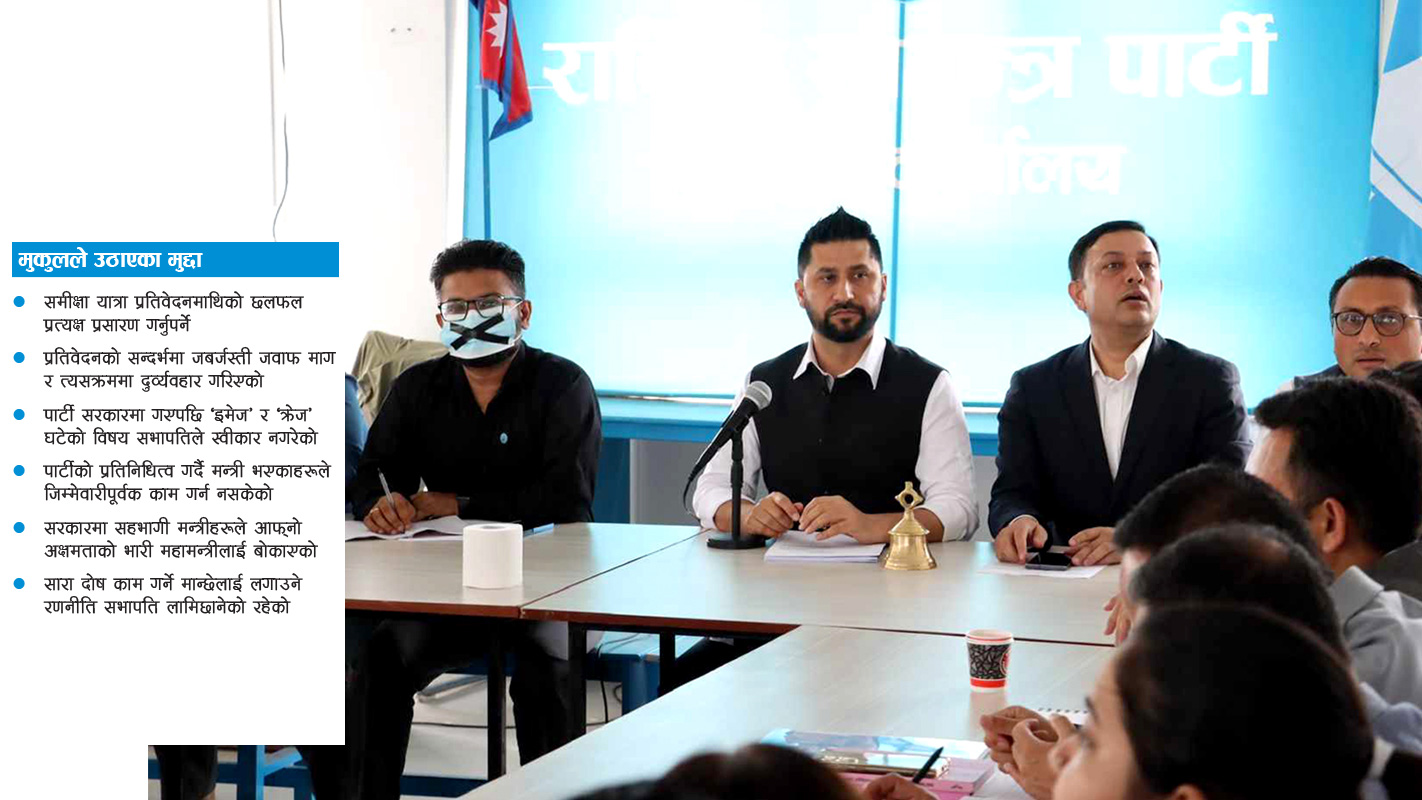Impact of Gender Responsive Budgeting
We use Google Cloud Translation Services. Google requires we provide the following disclaimer relating to use of this service:
This service may contain translations powered by Google. Google disclaims all warranties related to the translations, expressed or implied, including any warranties of accuracy, reliability, and any implied warranties of merchantability, fitness for a particular purpose, and noninfringement.


Gender responsive budgeting is a resource strategy for building an equitable society. As a governance mechanism, it bridges the gender gap through gender-friendly planning, programming and delivery.



It envisages some key indicators for planning compilation and evaluation according to the basic principles of the planning cycle for gender mainstreaming. It considers participation, capacity building, dividends, distribution, access to employment, sources of income and reduction in women's workload as the main basis. Or, seeks to clarify the concepts of gender and sex. Gender Responsive Budgeting analyzes the responsibilities, results, inequality and discrimination between women and men and evaluates the achievements and impact of the program through a gender perspective. Economic growth and economic prosperity play an important role in maintaining gender equality. Therefore, Gender Responsive Budgeting is not a budgeting process for women only, nor is it a traditional budgeting process that separates it for target groups. It is a process of balanced and equal distribution of resources to all citizens including women, men, sexual and minorities. It is a system based on equality for all, not only limited to the government sector, but also applied to institutions, development partners, non-governmental sector and private sector.
It started with the formation of a committee in the Ministry of Finance in the financial year 2062/63 to institutionalize gender responsive budgeting in Nepal. In the following years, the practice of evaluating the budget from a gender point of view has been developed by dividing it into direct, indirect and neutral respondents. In the preparation of the twelfth plan, it is mentioned about the gender responsive budget system. Based on its indicators and based on it, many types of sub-indicators and software with scores for evaluation have been created and institutionalized by creating a gender-responsive direction. In addition, the local level has also been made responsible by creating a localization strategy to maintain gender equality by localizing it.
A budget in which 50 percent or more of the entire budget can directly benefit women is considered a direct gender responsive budget. A budget that can change the living standards of women with less than 50 percent of the budget is classified as indirectly gender responsive and a budget that benefits less than 20 percent is classified as a gender neutral budget. Analyzing the previous year's budget, it is not seen that there has been a percentage increase, rather it has increased by only about 5 percent in the span of 5 years. This is a very common growth. It is necessary to make such budgets specific as it is not clear who is targeted by the neutral budget. If the gender responsive budget is to be analyzed based on the data, it is necessary to emphasize clarity and directness rather than neutrality.
What can be seen in the past budgets is that when there was a woman president, the salary and allowances of women employees were directly gender-responsive. This shows that the entire state has misinterpreted the very concept of gender. It seems to be limited to women only. The budget should be made gender responsive rather than just a women-centric budget so that the state should answer the question of what has changed in the social dimension. Budgets with catchy slogans will not bring about a fundamental difference by maintaining social contradictions and discrimination and inequality. Substantial change will not happen unless there are programs and budgets that play a role in structural change. The budget was allocated to the National Commission for Women, but the important question is whether the programs carried out by it have brought about social change.
When talking to 10 local level chiefs and deputy chiefs, they said they did not know about gender responsive budgets. So how to implement this process seems to be confused. It should be started immediately for practice within the state structure. It is necessary to bring clarity to its concept. It is important because it is a method of gender analysis of budgets and resources. Therefore, the state budget allocation does not appear to allocate the budget on the basis of priority in the development of unscientific patterns in the constituency of the leader of the ruling party. This time too, there seems to be a shortage of programs that directly benefit the poor, women, marginalized and excluded communities.
 प्रकाशित : असार १०, २०८१ ०७:२३
प्रकाशित : असार १०, २०८१ ०७:२३
 २३.१२°C काठमाडौं
२३.१२°C काठमाडौं


















